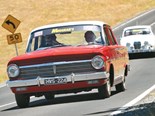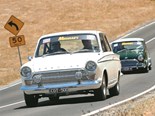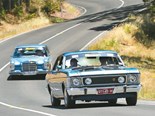1969 Chrysler Valiant VF Pacer vs 1972 Fiat 125T: Oz v Euro #3
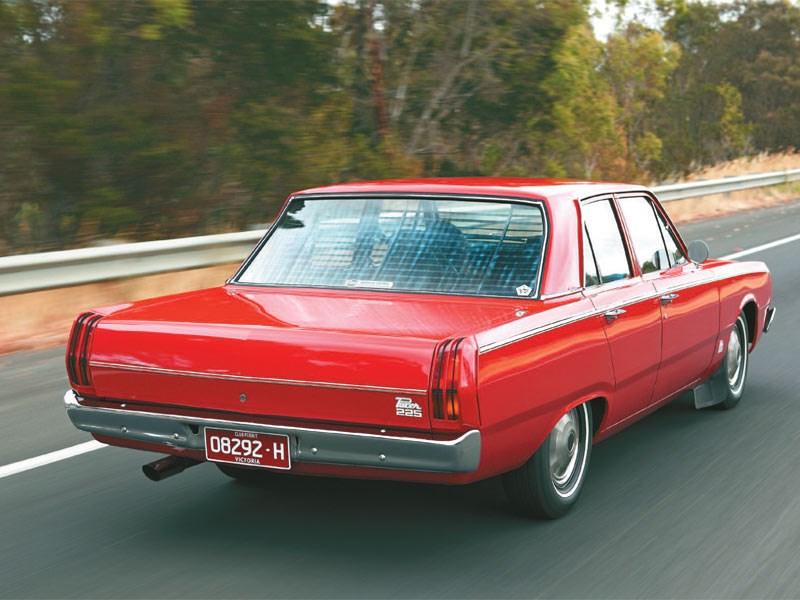 1969 Valiant VF Pacer
1969 Valiant VF Pacer

 1969 Valiant VF Pacer
1969 Valiant VF Pacer
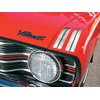
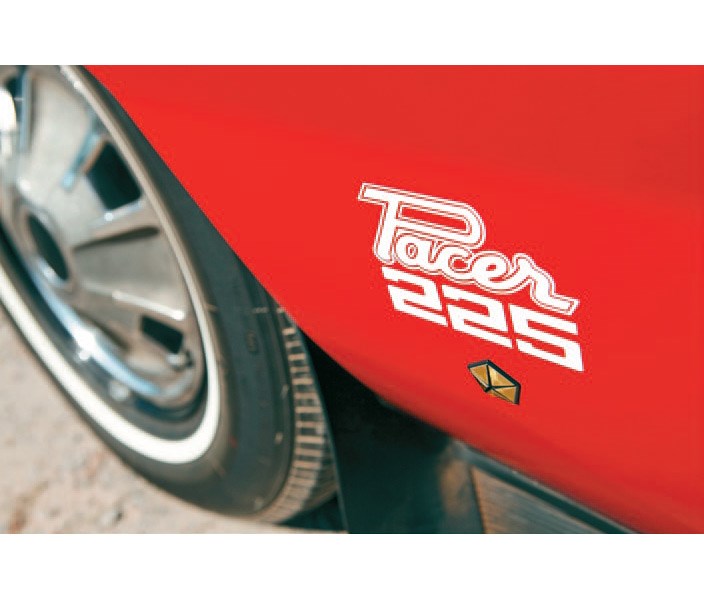 1969 Valiant VF Pacer
1969 Valiant VF Pacer

 1969 Valiant VF Pacer
1969 Valiant VF Pacer
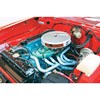
 1969 Valiant VF Pacer
1969 Valiant VF Pacer
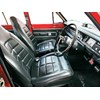
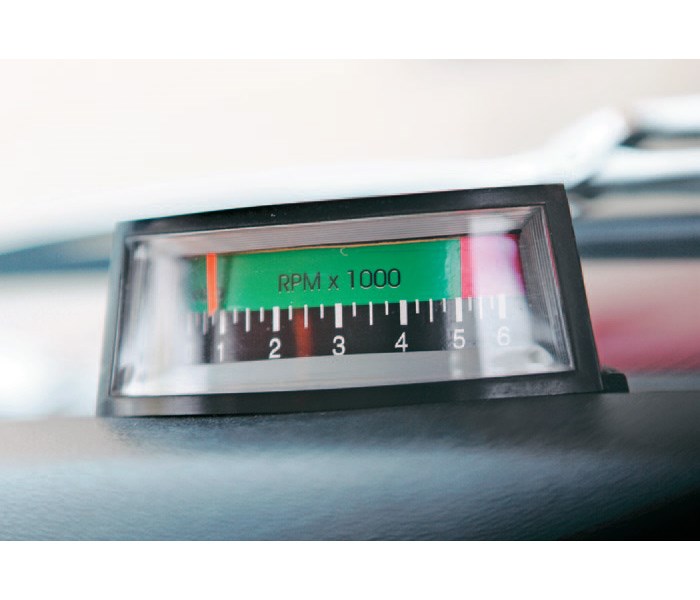 1969 Valiant VF Pacer
1969 Valiant VF Pacer

 1972 Fiat 125T
1972 Fiat 125T
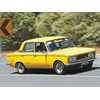
 1972 Fiat 125T
1972 Fiat 125T

 1972 Fiat 125T
1972 Fiat 125T
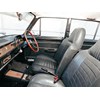
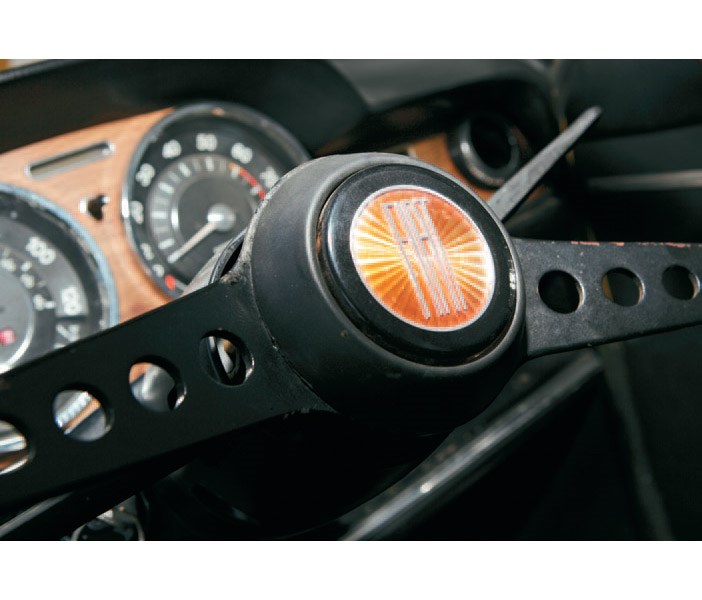 1972 Fiat 125T
1972 Fiat 125T


|
|
1969 Valiant VF Pacer
|

|
|
1969 Valiant VF Pacer
|

|
|
1969 Valiant VF Pacer
|

|
|
1969 Valiant VF Pacer
|

|
|
1969 Valiant VF Pacer
|

|
|
1969 Valiant VF Pacer
|

|
|
1972 Fiat 125T
|

|
|
1972 Fiat 125T
|

|
|
1972 Fiat 125T
|

|
|
1972 Fiat 125T
|
We compare two of 1969's great sedans: Chrysler Valiant VF Pacer vs Fiat 125T...
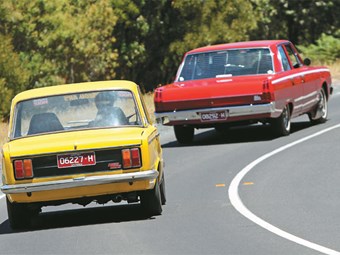
|
|
Oz v Euro: '69 Valiant VF Pacer vs '72 Fiat 125T
|
1969 Chrysler Valiant VF Pacer vs 1972 Fiat 125T
Okay, hands up, this isn’t the exact test we hoped to create. The intended foe for the Valiant VF Pacer was meant to be a Fiat 125 Special, the original idea being that each represented a different approach to the idea of making a family car go fast, for a similar price.
We thought that Chrysler’s way of tweaking a large engine and whacking some decals on would contrast nicely with the more sophisticated tack taken by the Italians. A five-speed ’box, four-wheel discs and 100hp (75kW) from a DOHC 1.6-litre four made the 125 Special a pretty trick gadget back in the flared-jeans era of 1970.
Alas, the only 125 Special we could find wasn’t able to make the event, so blame Victoria’s spell of hot weather for its nonappearance. As luck would have it, plan B landed us with a far rarer version of the 125.
The Fiat 125T was developed by New Zealand Fiat importers, Torino Motors, but its motives for creating a hotter 125 were the subject of some speculation. Many thought it was created for New Zealand’s annual six-hour production race, the Benson & Hedges 500, though Torino maintained it was simply to meet customer demand for a sporty sedan. Whether intentional or not, the 125T proved pretty handy at production car racing, its best result in the B&H 500 third overall in 1972 behind two Chargers.
In contrast to the factory’s more holistic efforts in creating the 125 Special, Torino took a more traditional Australasian approach in developing the 125T – throw more horsepower at it. The little 1608cc twin-cam four received larger valves, twin Weber or Dell’Orto carburettors (depending on what was available), modified cams and a higher compression ratio to develop a claimed 125hp – 25 more than even the Special had. The suspension was then lowered a bit, and that’s about it.
Only available in New Zealand, around 85 cars were modified (the numbers vary from 84 to 89) before the factory got wind of what was happening and told Torino to stop that right now thank you very much.
So we’ve ended up with two cars from the same mould – family sedans with a healthy dose of extra horsepower for the man (or woman) that wanted performance to match the practicality.
The VF Pacer was intended to help shake off Valiant’s rather senior image of the time and appeal to a younger audience. Working from the same school of thought that created muscle car icons like the Plymouth Road Runner, Chrysler decided that what the kids wanted was a no-frills performance car that stood out from the crowd.
Regular readers may recognise Steve Vassilopolous’s red VF as our cover car from Issue 335 – calling it mint would be doing it an injustice. It’s as good a chance as you’re ever going to get to drive an as-new Pacer, though as Morley quips, "they were never that good new."
For just $2798, punters could drive away in a 175hp (130kW) sedan that would dispatch the quarter mile in under 18sec thanks to a 225ci high-compression slant-six. It’s a learner driver’s dream, requiring barely a hint of throttle to ease away from rest.
It’s a good thing that the slant-six is a flexible unit, as there are only three ratios to choose from, though the shift is direct and easy to use. We hit a straight bit of road and Steve immediately urges me to give it the works – "C’mon, foot down, more, go on!" A deep growl builds in volume as the revs rise and we’re soon moving along smartly.
Standard Pacers came with four-wheel drums but Steve’s car – and the vast majority of others, he informs me – is fitted with power front discs (rears remained drum), with a reassuringly firm middle pedal.
We aren’t going hard enough in the bends to assess on-the-limit handling, but the Pacer’s fairly crude underpinnings – torsion-bar front end; leaf-sprung, live-axle rear – suggest that corners weren’t really its thing. At our more relaxed pace, the car can be placed reasonably accurately and the ride is nicely compliant.
Swapping into the Fiat is like taking off your work boots and putting on a pair of lightweight runners. Everything is a lot lighter and more delicate – a 300kg weight advantage will do that. Once rolling, long, sweeping corners can be taken using your fingertips, though it’s a bit vague on-centre.
Belying its small capacity, the 1.6-litre four pulls smoothly from low revs and throttle response is excellent. The immediate pick-up is helped by extremely short gearing. With around 4000rpm in top required to hit 60mph, it’s no wonder the Special came with an extra ratio. There’s a yawning chasm between the 1-2 and 3-4 planes, making downshifts a challenge, but going up through the gears, the shift is fast and light.
Sadly, every cliché you’ve heard regarding Italian ergonomics rings true in the Fiat. Your arms are outstretched while your legs are cramped, the brake pedal sinks well below the throttle – making blipping between gears impossible. And figuring out what operates what on the three identical black stalks behind the steering wheel takes some experimentation. It’s well packaged, though, as there’s more room in the back of the 125 than in the larger Pacer.
As they’re fairly similar in concept, it’s conceivable that buyers back in ’69 may have cross-shopped these two. It’s unlikely, however, that they would’ve considered both for long. The Fiat played in a different price bracket (a regular 125 cost $3341, the Special $3884, so we imagine the 125T lay somewhere in the middle) and the contrasting driving experiences mean that corner lovers would fancy the Fiat, while straight-line fans would pick the Pacer.
SPECIFICATIONS
1969 Chrysler Valiant VF Pacer
Produced: 1969-70
Body: 4-door sedan
Engine: 3682cc, 6cyl, OHV, 12v
Power: 130kW @ 5000rpm
Torque: 298Nm @ 2400rpm
Weight: 1322kg
Gearbox: 3-speed manual
Suspension: wishbones, torsion bars, anti-roll bar (f); live axle, leaf springs (r)
Brakes: discs (f), drums (r)
0-97km/h: 10.6sec*
0-400m: 17.9sec*
Top Speed: 172km/h*
Price new: $2798 (1969)
* Modern Motor July 1969
1972 Fiat 125T
Produced: 1971-72
Body: 4-door sedan
Engine: 1608cc 4cyl, DOHC, 8v,
Power: 93kW @ 6200rpm
Torque: 130Nm @ 4000rpm
Weight: 1055kg
Gearbox: 5-speed manual
Suspension: wishbones, coil springs, anti-roll bar (f); live axle, leaf springs (r)
Brakes: discs (f/r)
0-97km/h: 10.5sec*
0-400m: 17.5sec*
Top Speed: 165km/h*
Price new: $3341 (base 125)
* estimated
Our owners:
1969 Valiant VF Pacer:
 |
Steve It'll surprise no-one to hear that Steve's VF Pacer is comprehensively restored. What might be a surprise is that it's been done for a decade, as it looks like it emerged from the paint booth yesterday. How's he done it? "Elbow grease," laughs the 51-year-old auto electrician. "It's a lot of hard work keeping it this clean." |
1972 Fiat 125T:
 |
Kerry As mentioned above, Fiat 125Ts were never very plentiful. Fiat owner, Kerry, however, tells us that as few as 16 may still exist, qualifying his car for the endagered species list. As he's moving back to NZ, Kerry wants the car to go to a good home in Australia. |
The contenders:
- Holden EH S4 v Jaguar Mk II 3.8
- Ford Cortina GT500 v Morris Cooper S
- Valiant VF Pacer v Fiat 125T
- Holden LC Torana GTR XU-1 v BMW 2002tii
- Ford XW Falcon GT-HO Phase II v Benz 300SEL
Unique Cars magazine Value Guides
Sell your car for free right here
Get your monthly fix of news, reviews and stories on the greatest cars and minds in the automotive world.
Subscribe

.jpg)




.jpg)




